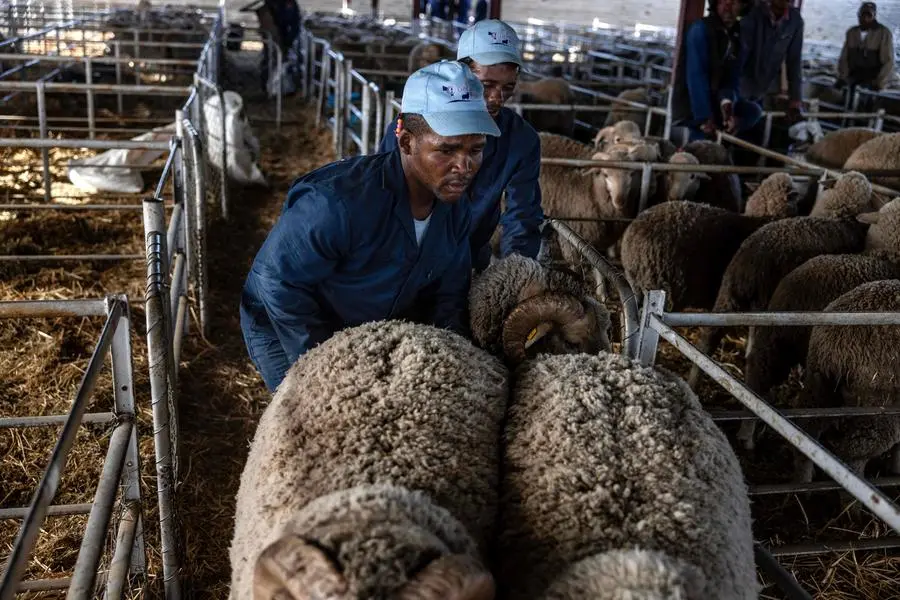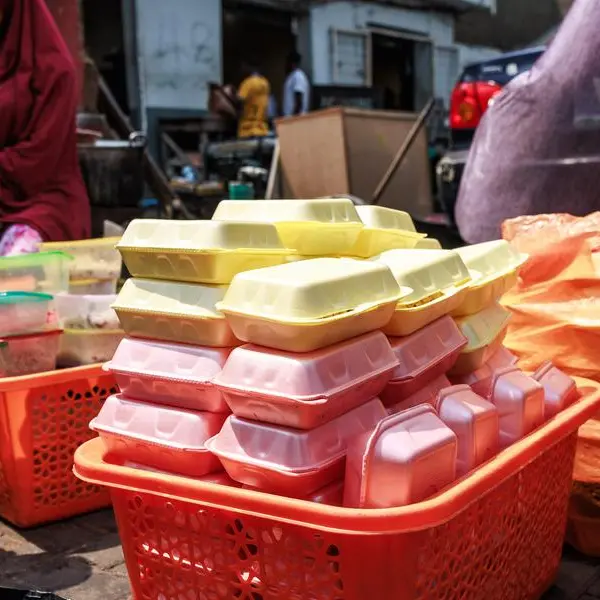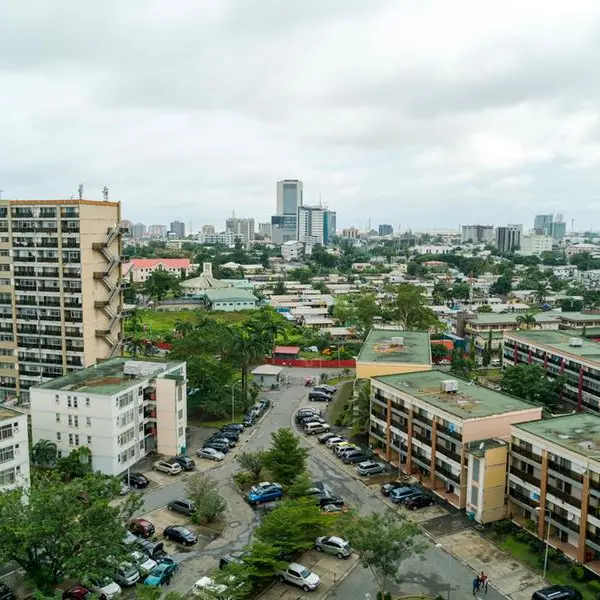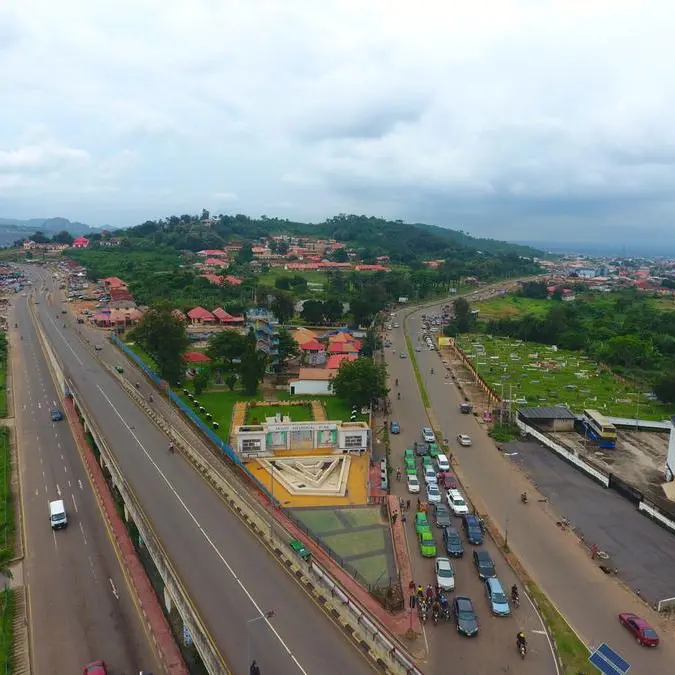PHOTO
South Africa's livestock sector is under significant strain due to economic pressures and environmental challenges, including disease outbreaks, fluctuating consumer demand, and narrow profit margins. According to FNB senior agricultural economist Paul Makube, these factors are putting farmers under considerable pressure. However, Makube suggests there may be hope for recovery if specific economic and environmental conditions improve.
"Livestock diseases have wreaked havoc over the past two years," notes Makube, referencing the strain on farmers who have faced setbacks in their operations and profits.
This issue is compounded by stagnant meat prices, which have recently shown little to no growth due to economic pressures on consumers. He cites the example of Class A beef, which traded between R60 and R65 per kilogram two years ago but is now struggling to reach R56 per kilogram.
Makube explains that this stagnant pricing has forced many feedlot operators to lower their asking prices, as margins become very thin. Weaner calves, previously trading at R38 to R39 per kilogram, have dropped to R30 to R32 per kilogram.
"Prices will likely remain at these levels until there is an upswing in consumer demand," Makube explains. He points to the possibility of more upcoming, albeit small, interest rate cuts, which could offer a glimmer of hope by improving consumer sentiment and driving demand, especially ahead of the festive season.
Sheep farming hit by drought conditions
The impact of these tough conditions has been particularly severe in the sheep farming sector, which has been battered by drought conditions, forcing many farmers to significantly reduce their herds to survive. It takes around three to four years to fully rebuild a herd if there is no drought interruption. While that process is underway, it will take time and involve considerable expense for sheep farmers.
Wool producers are also facing challenges, primarily due to subdued economic conditions that have depressed demand from major importers such as China. Wool competes with other fibres in clothing and textile manufacturing, and although it is still trading at a premium, a decline in prices across other fibres pulls the whole fibre complex lower.
Consequently, a widening price gap between wool and other fibres encourages substitution. This combination of environmental and market pressures continues to challenge the sector's profitability.
Possible economic relief and future prospects
Looking ahead, Makube is cautiously optimistic that several factors could contribute to a turnaround in the sector's fortunes. Interest rate cuts—if they materialise—will improve consumer sentiment and boost demand, especially ahead of the festive season.
Additionally, the recent stability in energy supply will help restore production activity and reduce costs.
"Ultimately, livestock farmers need a significant improvement in economic conditions and consumer confidence to restore their operations and secure sustainable profitability," Makube concludes.
"There is still significant pressure in the system, and it's going to take time to regulate, so farmers will need to 'hang in there' a little longer. But this is a resilient sector, and the potential for economic improvement offers a ray of hope for this crucial industry."
All rights reserved. © 2022. Bizcommunity.com Provided by SyndiGate Media Inc. (Syndigate.info).























